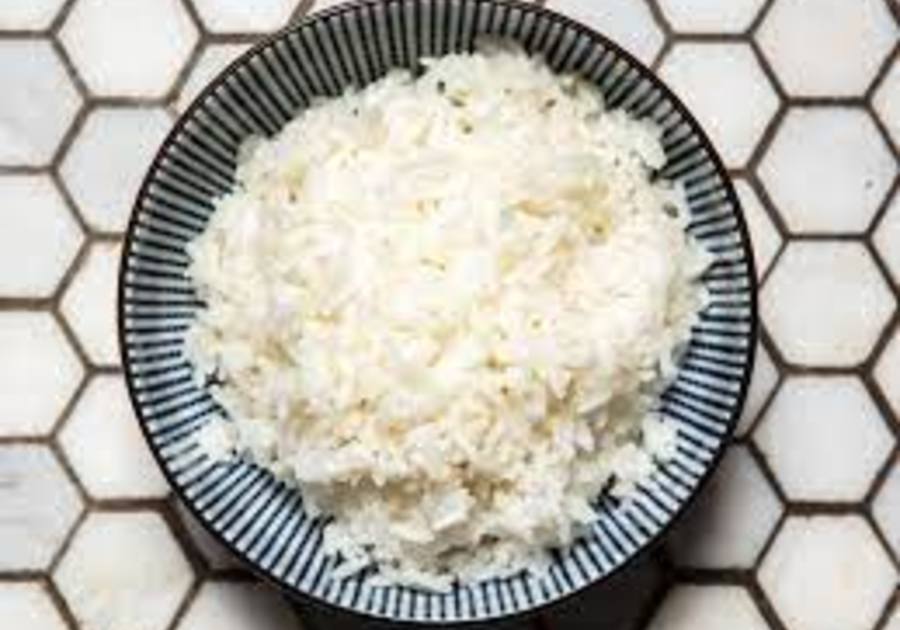I love rice! What would we do without rice? Did you ever wonder why there are so many choices when you’re shopping for rice? Most cuisines of the world are cooking rice in one way or another - from sushi to arroz con pollo, rice puddings to paella, and dolmas to dirty rice and jambalaya.
There are two basic types of rice: white rice and brown rice. There are different kinds or lengths of rice, short grain, long grain and medium grain.
Short-grain rice is rounded and plump, with a high starch content.
Long-grain rice is much longer than it is wide. It's lower starch content makes the cooked grains lighter, dryer, and more easily separated.
- White Rice comes in short-, medium-, and long-grain varieties. Though less nutritious, white rice has some advantages over brown rice: it stores longer and cooks faster.
- Brown rice has been given the lightest touch in terms of processing. It is the whole grain version with just the outer husk removed, leaving the nutrient-rich bran and germ
- Black rice is a highly nutritious source of iron, vitamins, antioxidants, and fiber. It actually turns purple when you cook it.
- Aromatic rices have a distinctive perfumy aroma when cooked. Popular examples are Basmati (India) Jasmine (Thailand), Texmati (Texas), and Wehani and pecan wild rice (both from Louisiana).
- Arborio rice is a medium-short-grain, starchy white rice, used most famously to make risotto. Continuously stirring risotto helps the rice give up starch that helps thicken the dish
- Sticky rice, or "glutinous rice," is a short-grained rice that is typically used in Asian specialties such as sushi. And no, there's no gluten in glutinous rice.
- Wild rice is actually the seed of a grass plant, and so not a "true" rice, though it is often found in rice blends and pilaf mixes. Wild rice has a nutty flavor and a chewy bite.
- Instant or quick rice is cooked before being dehydrated and packaged. While it's fast, it lacks the flavor and texture of regular rice.
Cooking Rice
There are options when cooking rice.
- The first of course is to follow the package directions.
- Most of the time, it is a 2:1 water:rice ratio so depending on how much you want to make, you can use whatever amount of rice you want to make
- My favorite method doesn’t require any measuring. It’s the Filipino way which I learned years ago from my friend from the Philippines.
- Put your desired amount of rice in the pot but not more than 1/3 of it. Now start adding water to cover the rice and keep going. Give the pot a little shake to spread the rice evenly then stick your middle finger in the water and lightly touch the rice. The water should be at your first knuckle. That’s it! Bring it to a boil, give it a stir then turn it down to low for about 10-20 minutes. Cooking time will vary depending on the type of rice you’re cooking. My favorite is Jasmine rice. It cooks fast, stays soft even after re-heating and has a hint of flavor.
Eating rice
- For me, a bowl of Jasmine rice with a little salt and butter is a great meal.
- Use it as a bed for stir fry, mixed into a bowl of chili or soup, and there are even recipes for rice salad.
- Add some spices or herbs, like garlic powder, onion powder and some Italian seasoning.
- A splash of Sriracha gives plain rice a great kick!
- If sweet is your thing, try a little cinnamon sugar sprinked in your buttered rice for a quick dessert.
- If you like chocolate, a little hazelnut spread will make a great dessert as well.
Use your imagination. Rice is pretty much an empty canvas waiting for your imagination.
Storing Rice
Don't leave cooked rice out at room temperature for more than an hour after cooking. Once cooked, allow some of the steam to escape before storing it in an airtight container in the fridge. Cooked rice will last up to six days in the refrigerator
Can You Freeze Cooked Rice?
Yes! Just like when you refrigerate rice, it's best to freeze rice as soon as possible after cooking to avoid producing harmful bacteria. To freeze cooked rice, simply pack the rice into an airtight container and freeze for up to one month for best results. To reheat, microwave from frozen, making sure rice is piping hot before eating.



